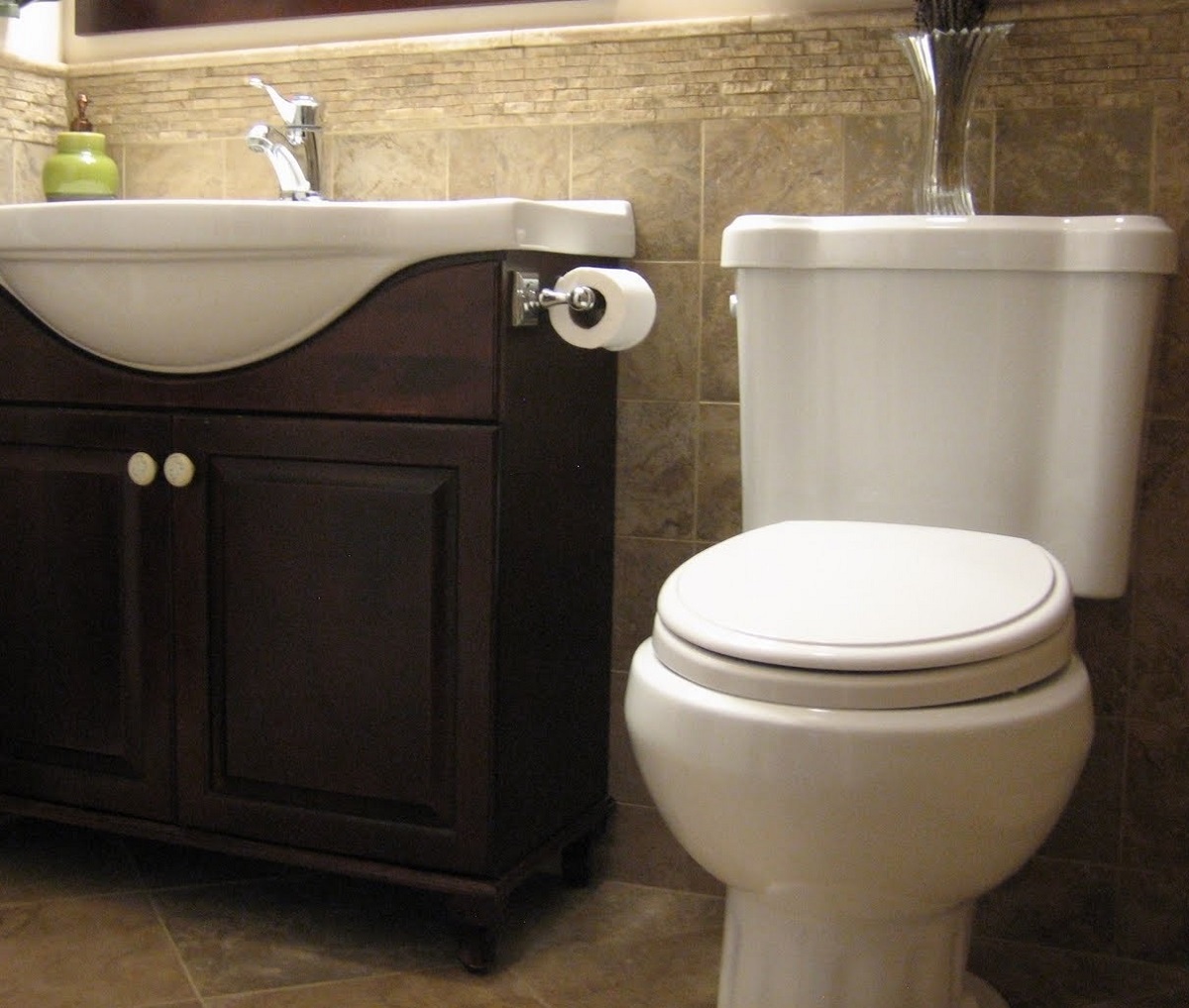

Articles
How Much To Change Toilet
Modified: January 6, 2024
Discover articles about how much it costs to change a toilet, including tips and insights on replacement, installation, and budget-friendly options.
(Many of the links in this article redirect to a specific reviewed product. Your purchase of these products through affiliate links helps to generate commission for Storables.com, at no extra cost. Learn more)
Introduction
Replacing a toilet may not be the most glamorous home improvement task, but it is an essential one. Whether your current toilet is old, damaged, or simply in need of an upgrade, understanding the cost of toilet replacement is important before diving into the project.
In this article, we will explore the various factors that can affect the cost of changing a toilet. From the type of toilet unit you choose to the labor charges involved, we will break down the expenses and provide insights on additional costs to consider. Whether you are planning to tackle the installation yourself or hire a professional, understanding these cost factors will help you make an informed decision and budget accordingly.
So, if you’re ready to learn more about how much it will cost to change your toilet, let’s dive in!
Key Takeaways:
- Understanding the cost factors involved in toilet replacement, such as the type of unit, labor, and additional expenses, is crucial for effective budget planning and informed decision-making.
- Whether opting for DIY installation or hiring a professional plumber, prioritizing quality, functionality, and long-term durability ensures a successful and satisfying toilet replacement experience.
Read more: How Often Should You Change Toilet Seat
Factors Affecting the Cost of Toilet Replacement
When it comes to replacing a toilet, several factors come into play that can impact the overall cost of the project. By understanding these factors, you can get a better idea of what to expect and plan your budget accordingly.
1. Type of Toilet Unit: The type of toilet unit you choose will greatly affect the cost. Basic toilets are typically more affordable, while high-end or specialty toilets can be more expensive. Additionally, features such as dual-flush mechanisms, bidet functionalities, or smart toilet technology can also impact the price.
2. Quality and Brand: The quality and brand of the toilet unit will also play a role in determining the cost. Well-known brands with a reputation for durability and performance often come with a higher price tag.
3. Material: The material of the toilet unit can affect the cost as well. Porcelain toilets are the most common and affordable option, while higher-end materials such as ceramic or stainless steel may come at a higher cost.
4. Accessibility: If the toilet is located in a hard-to-reach area or if there are any accessibility issues, such as narrow doorways or staircases, additional charges may be incurred to accommodate the installation.
5. Plumbing Modifications: If your existing plumbing setup needs to be modified to accommodate the new toilet, this could add to the overall cost. Any necessary plumbing adjustments or repairs should be factored into your budget.
6. Location: The location where you plan to replace the toilet can also impact the cost. Labor rates, material availability, and local building codes can vary from one area to another, so it’s essential to consider the location when budgeting for the project.
7. Additional Features: If you are planning on installing additional features, such as new flooring or a vanity, alongside the toilet replacement, these factors should be taken into account when estimating the cost. The more extensive the renovation, the higher the overall expenses.
By considering these factors and discussing your specific requirements with a professional or doing thorough research, you can get a better idea of the cost involved in replacing your toilet.
Cost of Toilet Units
The cost of toilet units can vary depending on factors such as the type, brand, and features. Understanding the price range of different toilet units can help you determine a budget for your toilet replacement project.
1. Basic Toilets: Basic toilets typically have a straightforward design and minimal features. They are often the most affordable option, with prices ranging from $100 to $300. These toilets are suitable for those on a tight budget or looking for a simple replacement without any added frills.
2. Mid-range Toilets: Mid-range toilets offer a balance between price and features. They may have additional functionalities like water-saving mechanisms, ergonomic designs, or improved flushing technology. The price range for mid-range toilets is usually between $300 and $800.
3. High-end Toilets: High-end toilets often come with advanced features and luxury amenities. These may include heated seats, bidet functionalities, automatic flushing, remote controls, and integrated air fresheners. The prices for high-end toilets can range from $800 to $2,000 or more.
4. Specialty Toilets: Specialty toilets cater to specific needs or preferences. For example, toilets designed for individuals with mobility challenges may have enhanced accessibility features. Chemical toilets used in RVs or composting toilets for eco-friendly purposes also fall under this category. The cost of specialty toilets can vary widely depending on their unique features and requirements.
It’s important to note that these price ranges are estimates and can vary based on factors such as brand, materials, and additional features. Additionally, installation costs are not included in these price ranges and should be considered separately.
When shopping for a toilet unit, it’s recommended to compare prices from different suppliers or retailers. You can also read reviews and consider the warranty and customer support offered by the manufacturer. By doing thorough research, you can find a toilet unit that fits your budget and meets your specific needs.
Cost of Labor
While the cost of the toilet unit is a significant part of the overall expense, it’s essential to consider the cost of labor involved in the installation process. Hiring a professional plumber ensures proper installation and can save you time and effort. The cost of labor can vary based on several factors:
1. Hourly Rate: Plumbers typically charge an hourly rate for their services. The exact rate can vary depending on factors such as location, experience, and demand. On average, you can expect to pay between $50 and $150 per hour for plumbing labor.
2. Complexity of the Job: The complexity of the toilet replacement job can also impact the labor cost. If additional work, such as plumbing modifications or repairs, is required, the plumber may charge a higher rate to account for the extra time and effort involved.
3. Additional Services: If you require additional services, such as removing and disposing of the old toilet, the plumber may charge an additional fee for this. It’s important to clarify with the plumber upfront if any additional services will incur extra costs.
In addition to the labor cost, it’s recommended to factor in a contingency budget for unforeseen circumstances or additional repairs that may arise during the installation process.
If you have experience with plumbing and feel confident in your DIY skills, you may consider tackling the installation yourself. DIY installation can save you money on labor costs, but it’s important to note that it requires knowledge of plumbing systems and proper installation techniques. Incorrect installation can lead to leaks, damage, or even costly repairs down the line.
Before deciding on the installation method, consider your level of expertise, the complexity of the job, and any local building codes or regulations that may need to be followed. If in doubt, it’s always recommended to consult with a professional plumber to ensure a proper and hassle-free installation.
Before starting a toilet replacement, make sure to turn off the water supply and flush the toilet to empty the tank. Have a bucket and towels ready to catch any remaining water in the tank and bowl. Keep all necessary tools and replacement parts handy.
Additional Costs to Consider
When planning for a toilet replacement project, it’s important to account for additional costs that may arise during the process. These expenses can vary depending on various factors, and considering them in your budget will help you avoid surprises down the line.
1. Removal and Disposal: If you’re replacing an old toilet, you’ll need to account for the cost of removing and disposing of the existing unit. Some plumbers may include this service in their labor cost, while others may charge an additional fee for disposal.
2. Materials and Supplies: While the toilet unit itself is a significant cost, there are other materials and supplies you may need for the installation. These can include items like wax rings, bolts, flanges, caulk, and water supply lines. Make sure to include the cost of these materials in your budget.
3. Permits and Inspections: Depending on your local building codes and regulations, you may need to obtain permits for the toilet replacement project. Permit fees can vary, so it’s essential to check with your local authorities. Additionally, some areas may require inspections after the installation, which may incur additional fees.
4. Repairs or Modifications: If your existing plumbing system is old or in need of repairs, additional costs may be incurred to fix any issues or make necessary modifications. It’s important to have the plumbing system inspected before the installation to identify any potential problems.
5. Decorative Upgrades: If you’re planning on upgrading other elements in your bathroom, such as flooring, vanity, or lighting, it’s important to include the cost of these upgrades in your overall budget. These expenses can add up, but they can also enhance the overall look and functionality of your bathroom.
By considering these additional costs and factoring them into your budget, you can ensure that you have a realistic estimate of the total expenses involved in your toilet replacement project.
Read more: How Much Is A Composting Toilet
DIY vs. Professional Installation
One of the decisions you’ll need to make when planning a toilet replacement is whether to proceed with a DIY installation or hire a professional plumber. Both options have their pros and cons, and it’s important to consider your skills, time, and budget when making this decision.
DIY Installation:
Opting for a DIY installation can be a cost-effective choice, as it eliminates labor costs associated with hiring a professional. If you have experience with plumbing and feel confident in your abilities, installing a toilet yourself can save you money. However, keep in mind the following factors:
- Skills and Experience: DIY installation requires knowledge of plumbing systems and proper installation techniques. If you are inexperienced or don’t have the necessary skills, you may risk improper installation, which can lead to leaks, damage, or even costly repairs in the future.
- Time and Effort: Installing a toilet is a time-consuming task, especially for those without experience. DIY installation may require more time and effort compared to hiring a professional who can complete the job efficiently.
- Tools and Equipment: DIY installation will require specific tools and equipment, such as wrenches, a level, and plumber’s putty. If you don’t already own these tools, you’ll need to factor in the cost of purchasing or renting them.
- Permits and Inspections: Depending on your local building codes, you may need to obtain permits and schedule inspections for a DIY installation. It’s important to ensure compliance with regulations to avoid any legal issues or complications.
Professional Installation:
On the other hand, hiring a professional plumber for the installation offers several advantages:
- Expertise and Experience: Professional plumbers have the necessary skills and experience to properly install a toilet. They can ensure that all connections are secure, minimizing the risk of leaks and other potential issues.
- Time and Convenience: Hiring a professional saves you time and eliminates the hassle of completing the installation yourself. Plumbers have the expertise to complete the job efficiently, allowing you to focus on other tasks.
- Warranty and Guarantee: Reputable plumbers often provide warranties or guarantees on their work. This gives you peace of mind knowing that if any issues arise after the installation, they can be addressed without additional cost.
- Permits and Inspections: Professional plumbers are familiar with local building codes and regulations. They can handle the necessary permits and inspections, ensuring that the installation meets all requirements.
In summary, opting for DIY installation can save you money if you have the necessary skills and experience. However, if you are unsure or lack the time and tools, hiring a professional plumber is the recommended choice to ensure a proper and hassle-free installation.
Conclusion
Replacing a toilet may not be the most glamorous home improvement project, but it is an important one. Understanding the cost factors involved in toilet replacement can help you plan your budget effectively and make informed decisions.
When considering the cost of toilet replacement, factors such as the type of toilet unit, quality and brand, material, accessibility, plumbing modifications, location, and additional features should be taken into account. The cost of labor for professional installation should also be considered, along with additional expenses such as removal and disposal, materials and supplies, permits and inspections, and any necessary repairs or modifications.
Deciding between DIY installation and hiring a professional plumber requires careful thought. DIY installation can save you money if you have the skills and experience, but it’s important to consider the time, effort, tools, permits, and potential risks. Hiring a professional plumber offers expertise, time savings, warranties, and compliance with building regulations.
In conclusion, understanding the costs associated with toilet replacement allows you to plan your project effectively and make well-informed decisions. Whether you choose a basic, mid-range, or high-end toilet unit, and whether you opt for DIY installation or hire a professional, it’s important to prioritize quality, functionality, and long-term durability. By considering these factors and budgeting appropriately, you can ensure a successful and satisfying toilet replacement experience.
Frequently Asked Questions about How Much To Change Toilet
Was this page helpful?
At Storables.com, we guarantee accurate and reliable information. Our content, validated by Expert Board Contributors, is crafted following stringent Editorial Policies. We're committed to providing you with well-researched, expert-backed insights for all your informational needs.
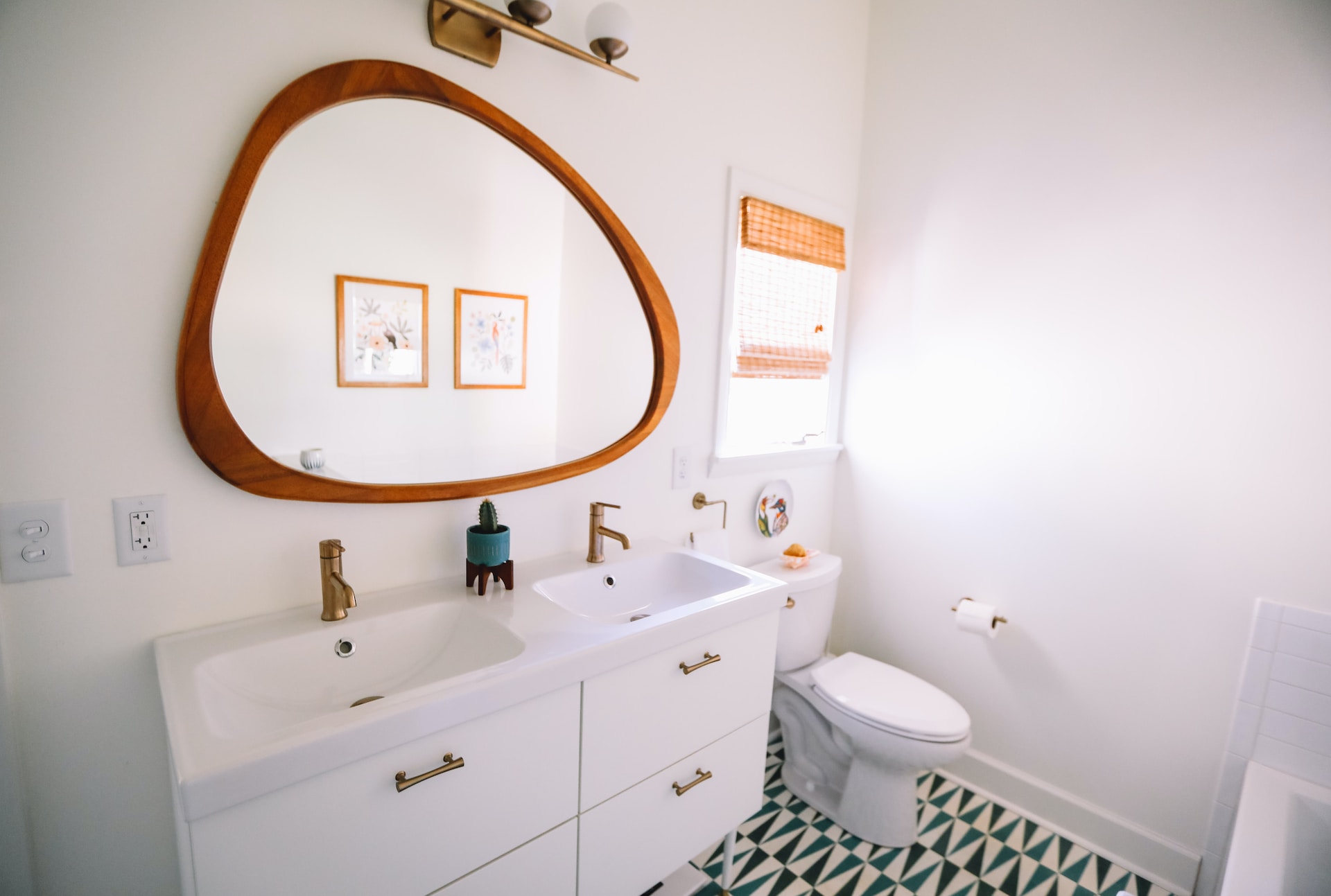
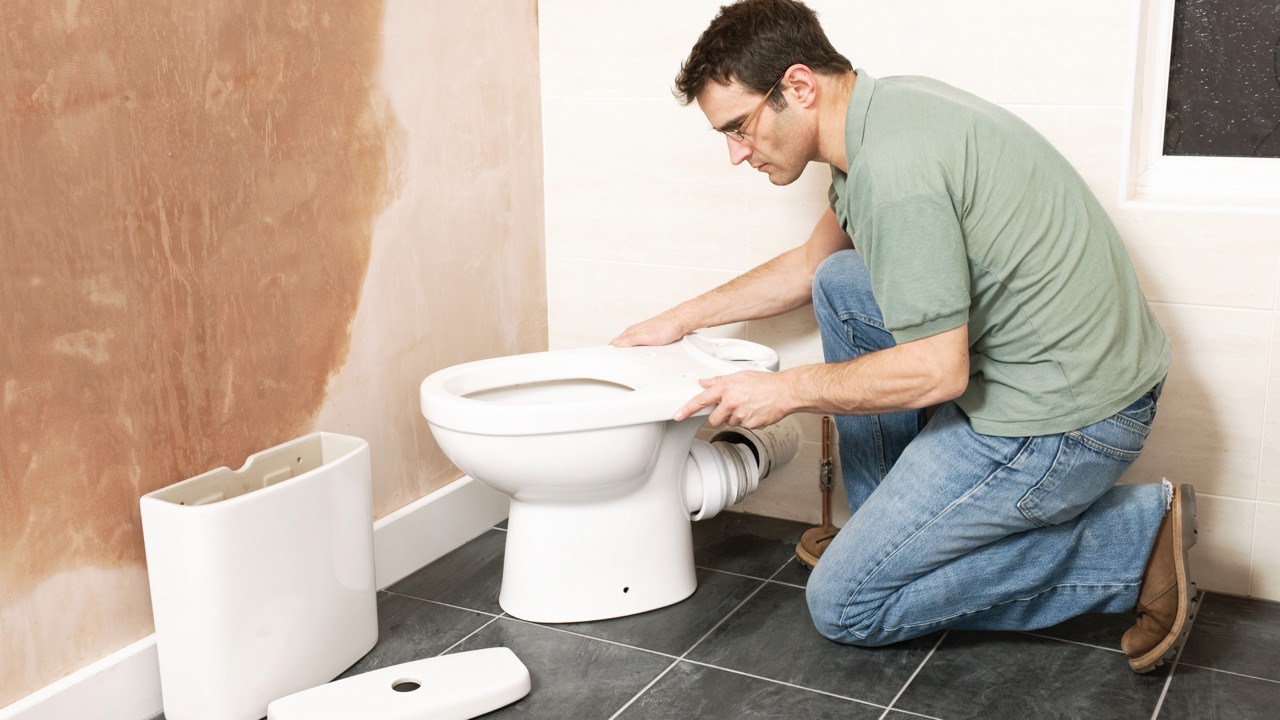
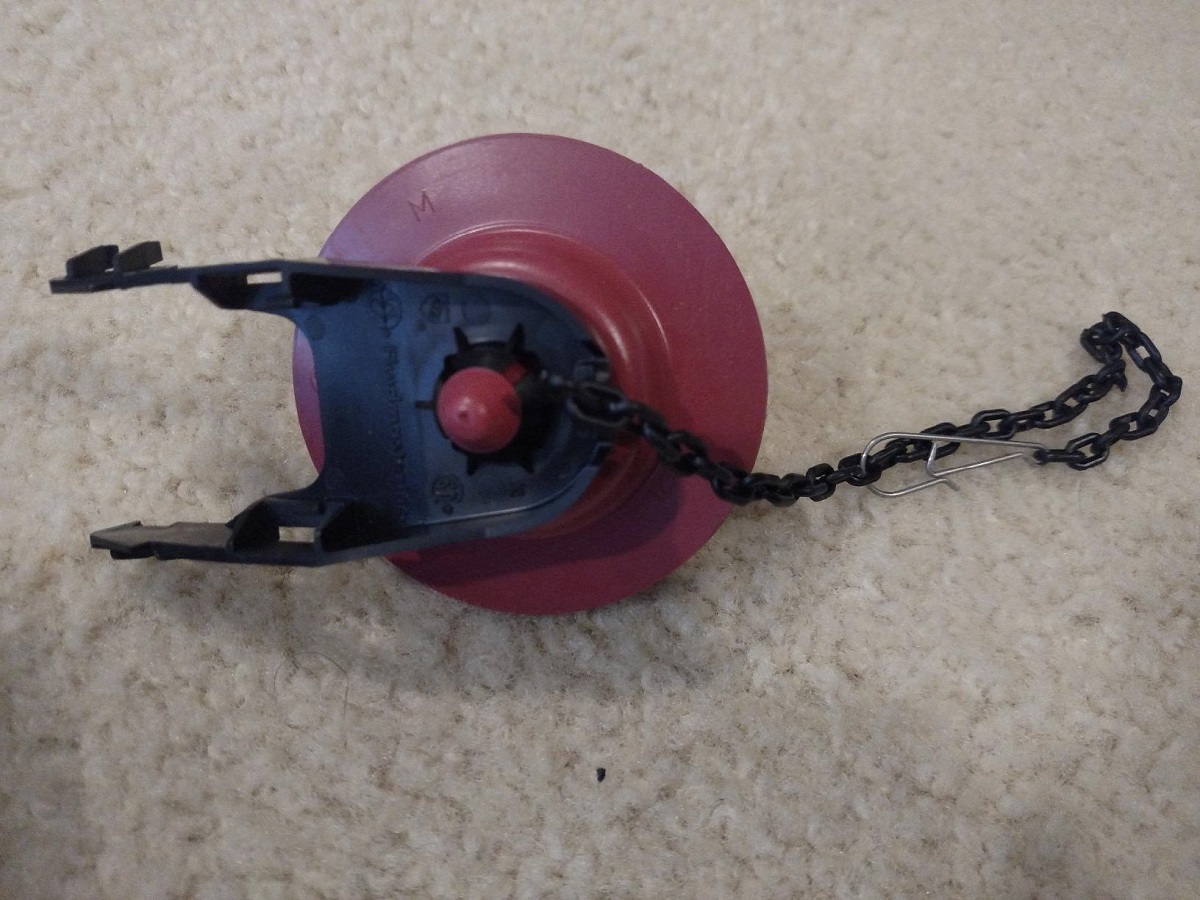
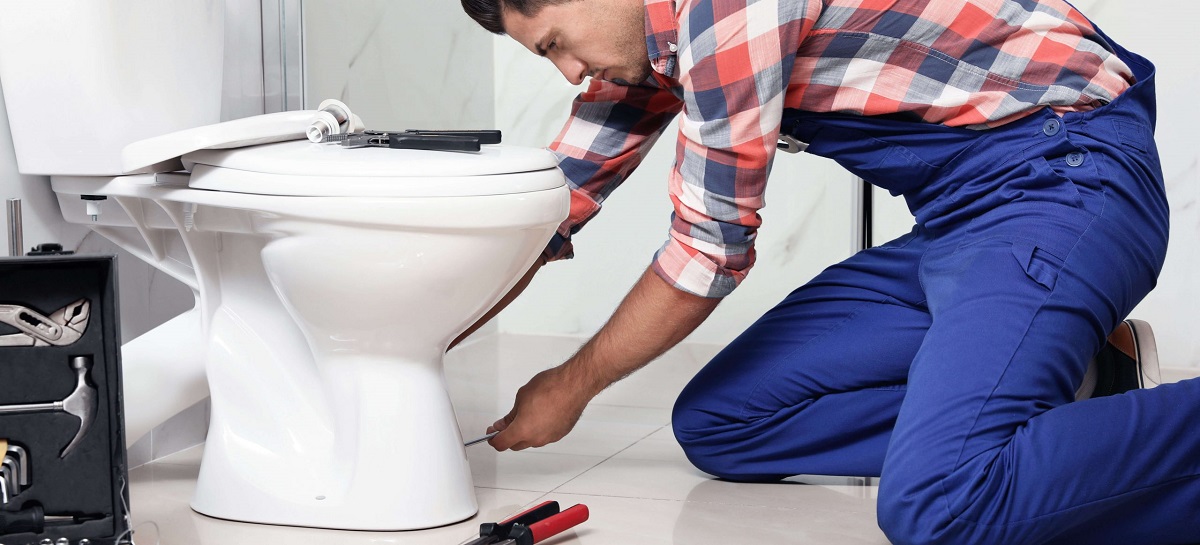
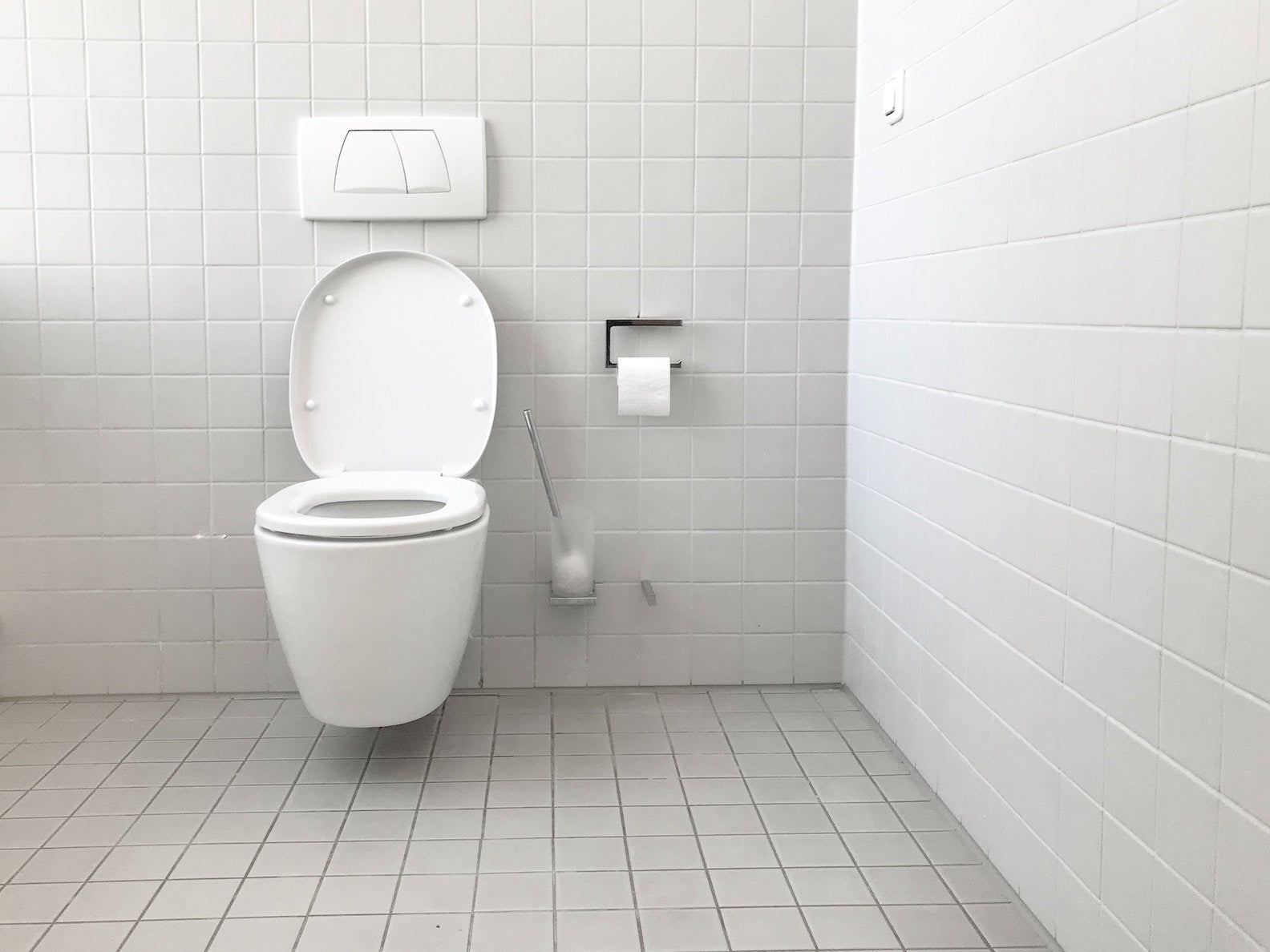
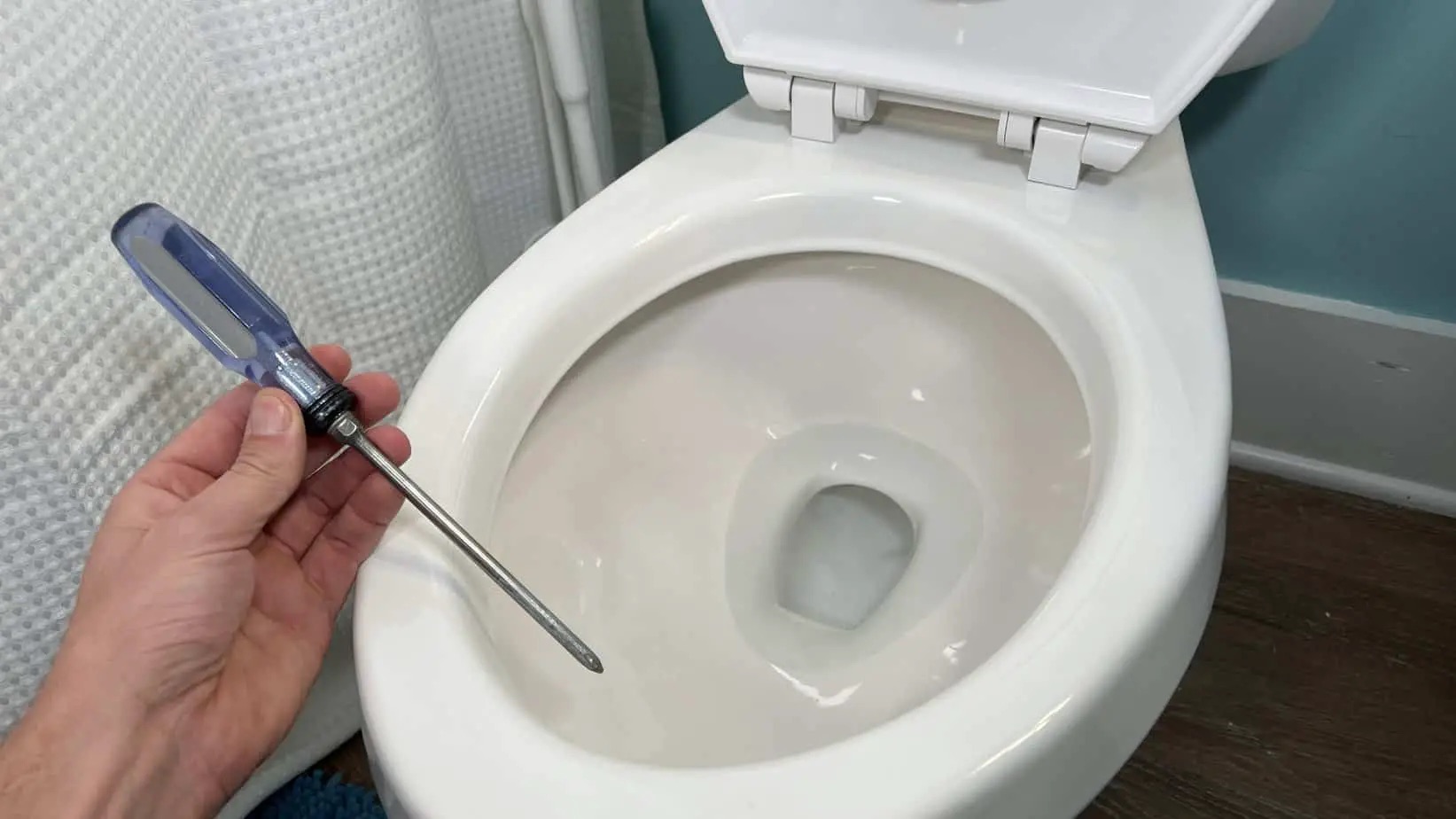
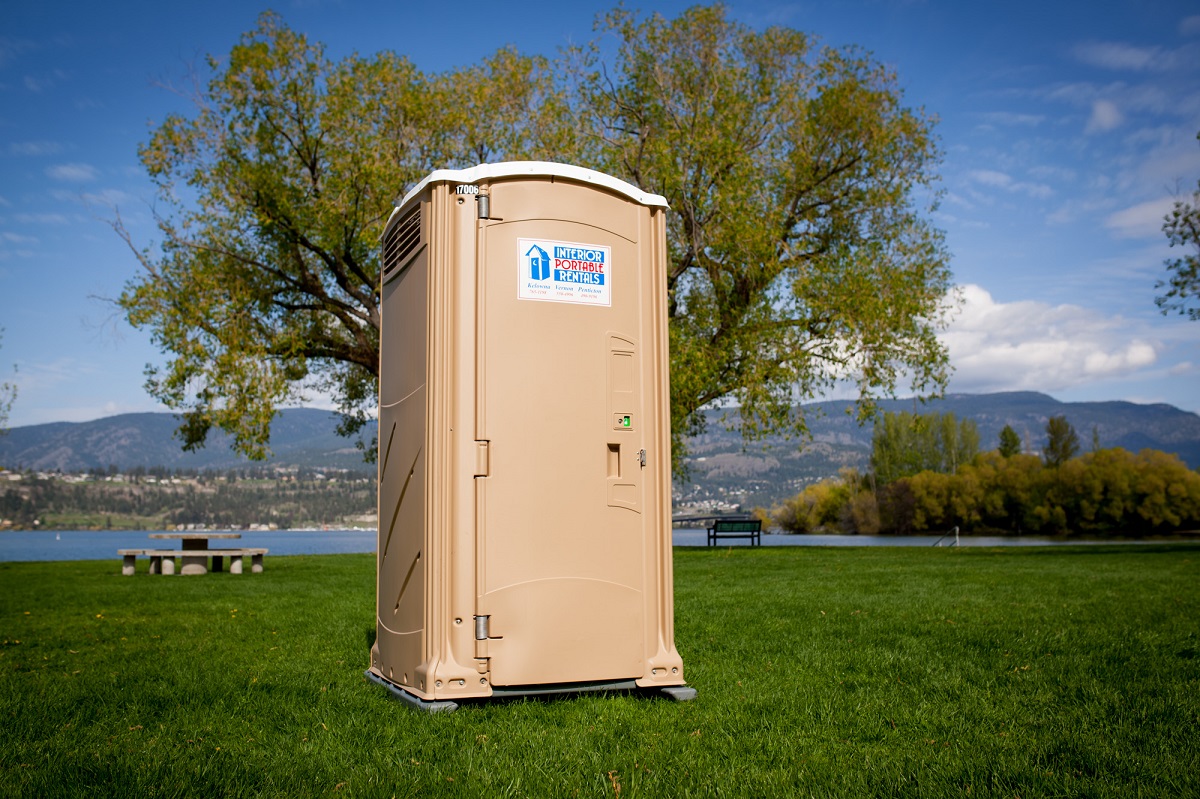

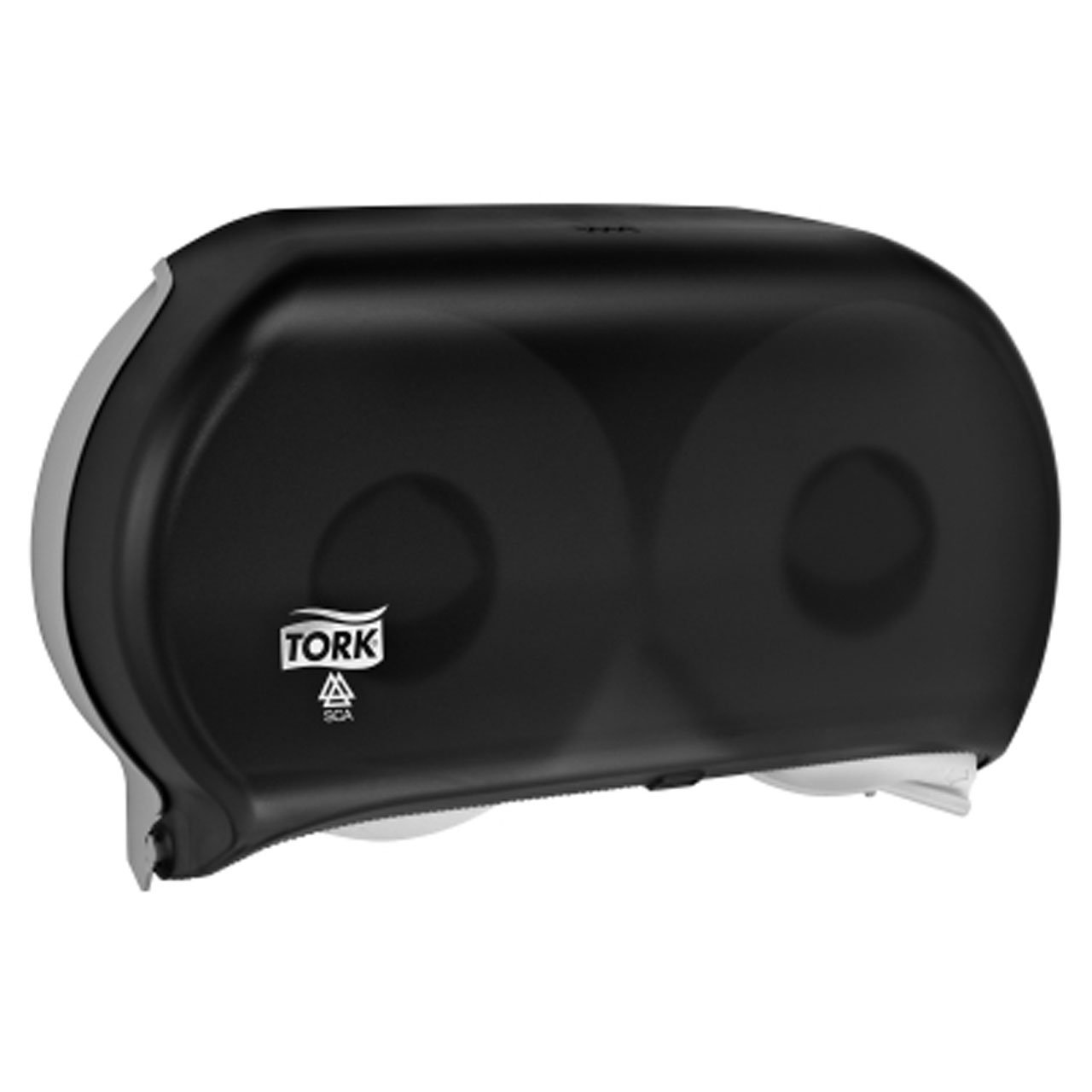
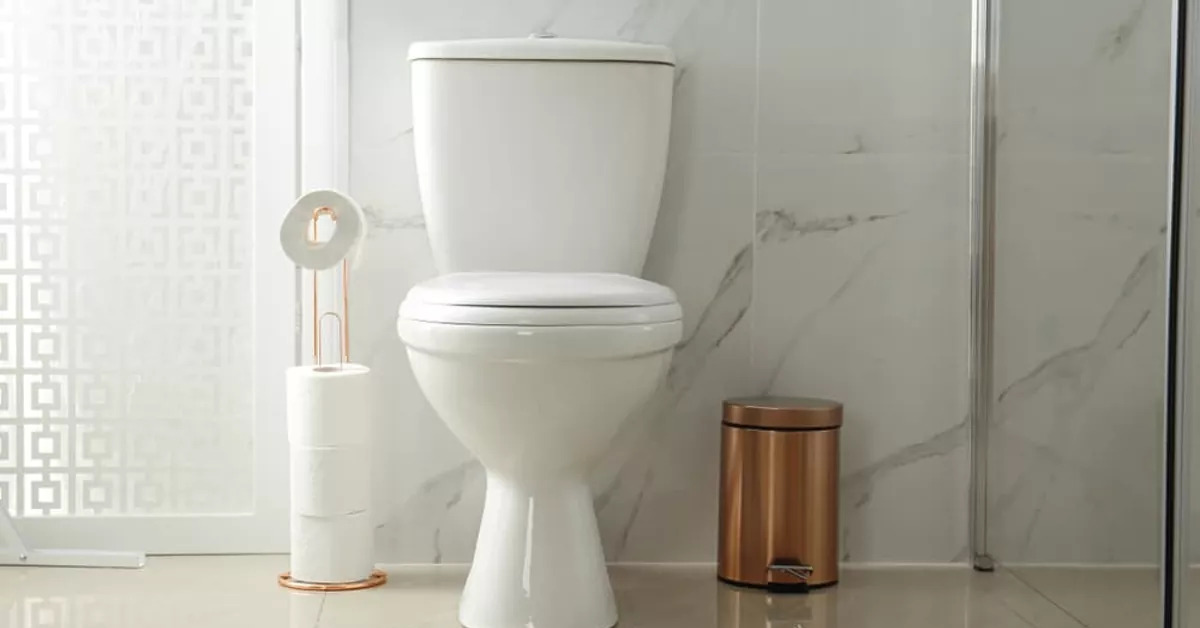
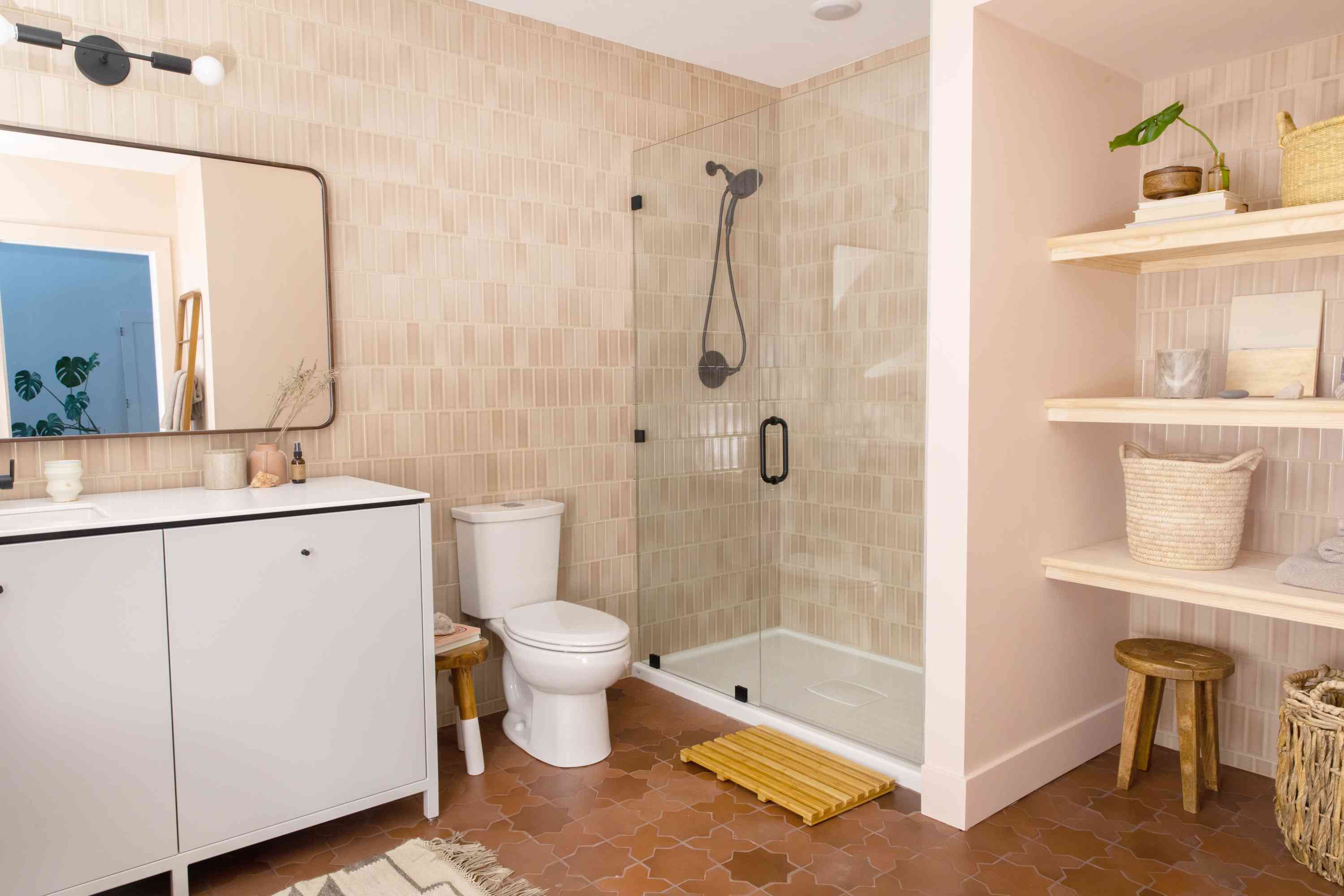
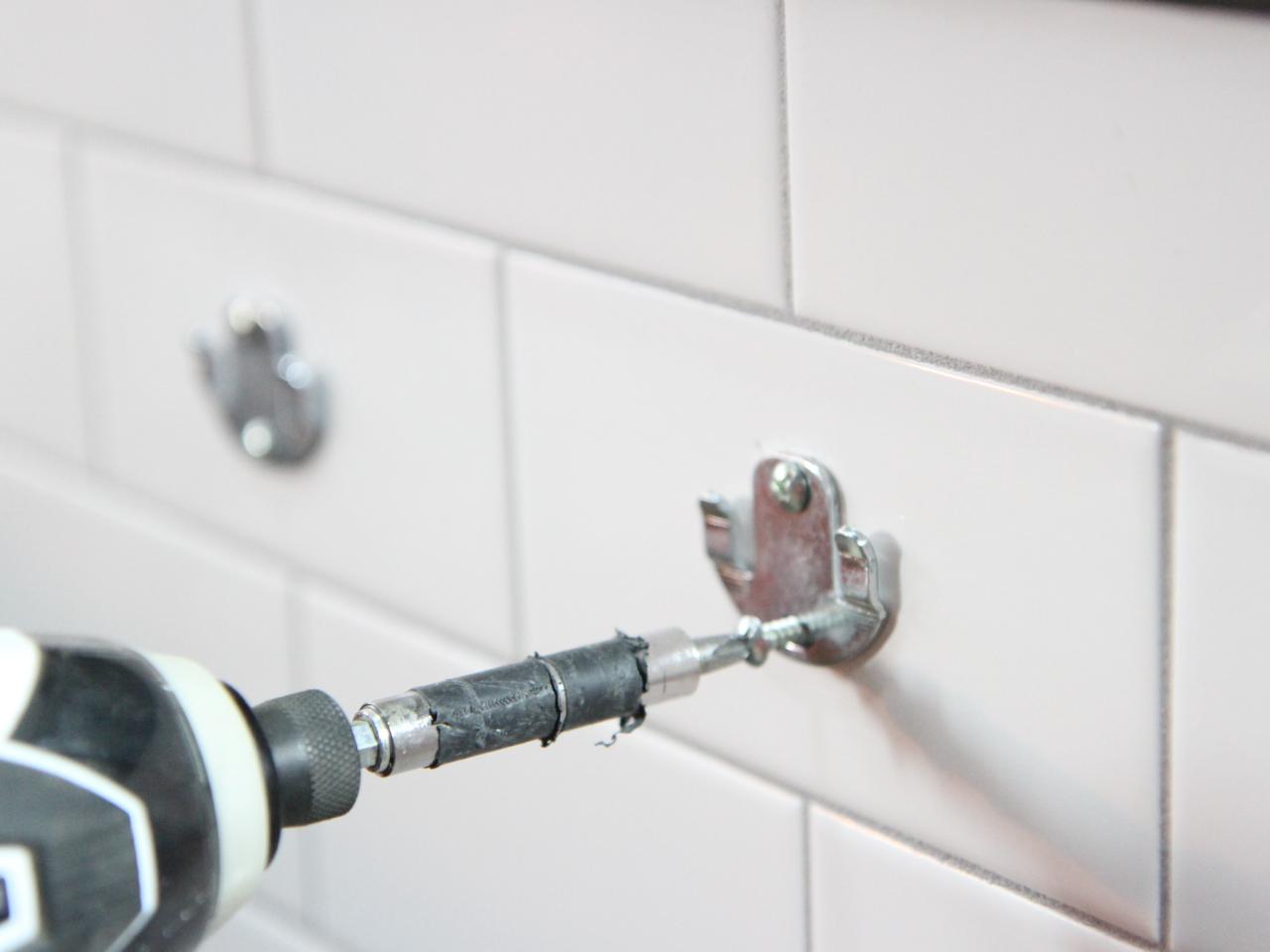
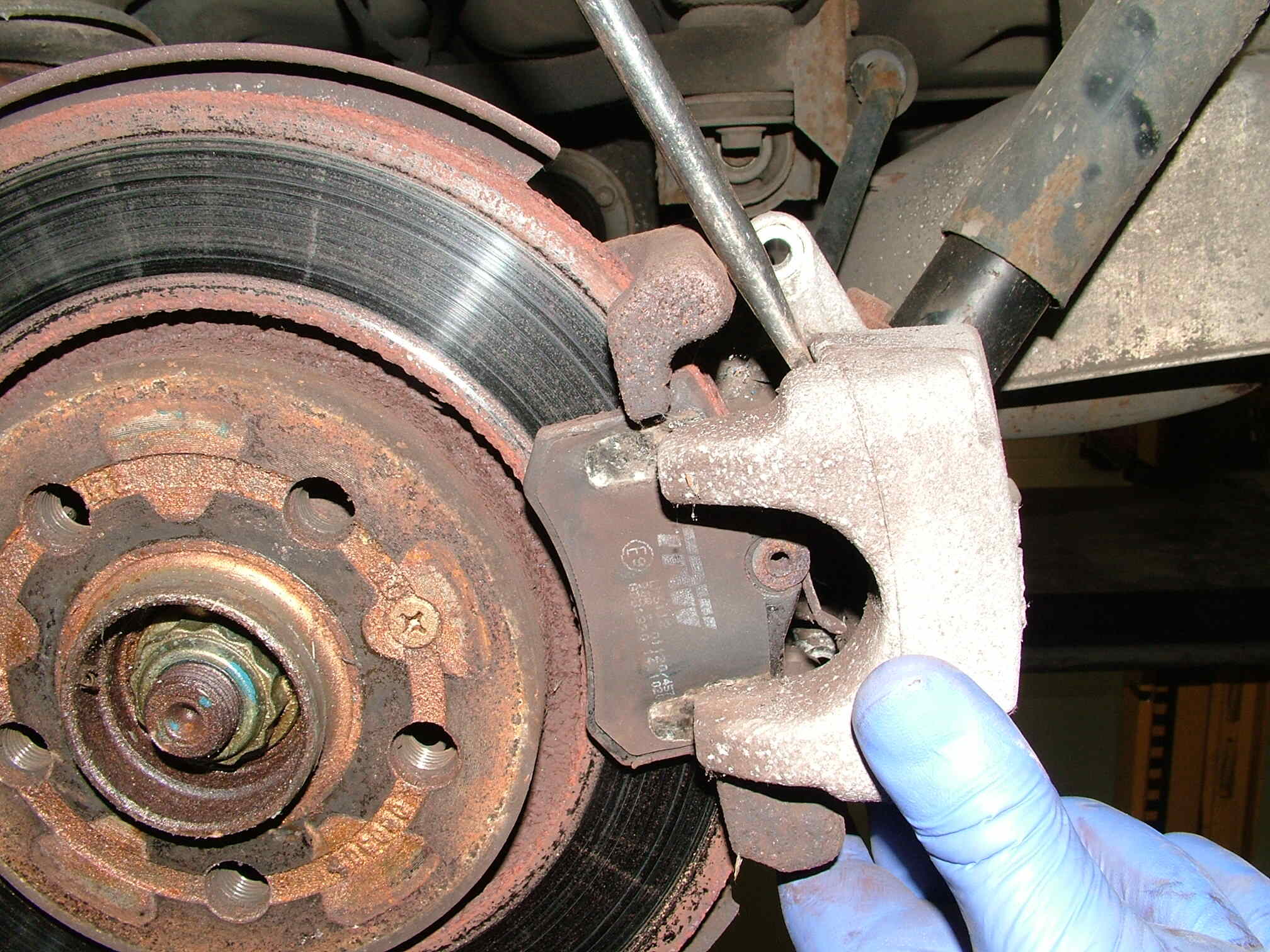


0 thoughts on “How Much To Change Toilet”